Louis I Proclamation medals
The reign of Louis I is one of the shortest in Spanish history as he ruled for just over seven months before his death from smallpox.
Mexico City
According to a letter sent by Viceroy Marques de Casafuerte dated 20 August 1724, medals were thrown from a platform by senior ministers to the noble people of Mexico City during the proclamation ceremonies on 25 July 1724.
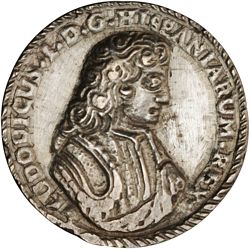
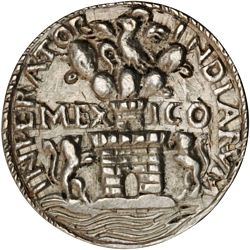
LI-2. Cast Silver Proclamation Medal (Stack’s Bowers NYINC auction, January 2015, lot 1004)
The prototype of this medal traces back to the 1701 Mexico City proclamation medal of Philip V (the first medal of Mexico), further to the 1700 Philip V proclamation of Cadiz. The obverse of the 1700 Cadiz proclamation was used to produce the obverse mold for the 1701 Mexico City proclamation with only the final digit in the date being changed to a "1". The reverse mold was created locally in Mexico City, accounting for its debasement in style and lettering. Further, 23 years later it is clear that the legends of a 1701 Mexico City medal were altered to use for the casting of this medal.


LI-1. Cast and Chased Silver Proclamation Medal (Stack’s Bowers NYINC auction, January 2015, lot 1003)
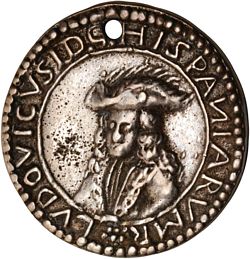
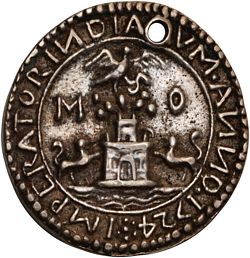
LI-5 Cast and Chased Silver Proclamation Medal (Stack’s Bowers NYINC Auction, January 2015, lot 1005)
This very interesting three quarters facing portrait portrays the king wearing a hat is unique to Mexico City for the medals of Luis I.. With the exception of the medals of Zacatecas which have left facing portraits, these are the only portrait types of Luis I that deviate from the standard right facing portrait.
Chihuahua (San Felipe el Real)
The reverse has crowned arms, with "S. PHE. EL REAL" for San Felipe el Real below. A high quality cast, however lacking in some detail as these medals were created using a 1724 Mexico City medal of Luis I (Grove-LI-1) with a locally rendered reverse as the "madre" or "mother coin". Hence the reverse has clearer and more refined legends than the obverse.
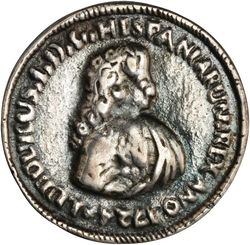
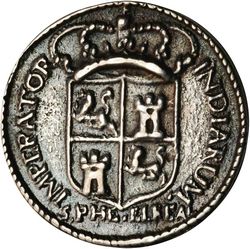
LI-12 Cast and Chased Silver Proclamation Medal (Stack’s Bowers NYINC Auction, January 2015, lot 1006)
Veracruz
A letter dated 29 August 1724 containing the minutes of the proclamation ceremony discusses it taking place on 25 August 1724. During these ceremonies, Jose de Zavaleta stood atop a platform holding an effigy of the king in one hand, while throwing medals to the crowd with his other hand.
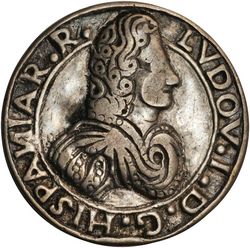

LI-14 Cast and Chased Silver Proclamation Medal (Stack’s Bowers NYINC Auction, January 2015, lot 1007)
The obverse design of this medal was also used as the proto mold for the 1724 Cholula medal of Luis I (Grove-LI-10). A medal of this type was later used as the prototype for the 1747 Veracruz medal of Ferdinand VI (Grove-G6-36). The majority of the legend for Grove-LI-14 and Grove-F6-36 are identical; however, the legend and date were altered for the later king. The casting quality found on the later Ferdinand VI medal is also of lesser quality than this piece, as the process for the 1747 medal was a second generation cast.
Yucatán
The medals produced in the Yucatan during this period are all unique to one degree. Although cast from the same basic "madre" or "mother coin" (Grove LI-16/17), the legends were then hand engraved after the medal was chased. Virtually every known medal has legend variants that deviate in one way or another. In some cases the medals are only engraved on the obverse, while in other cases they are engraved on both sides. Due to their hand made nature variants and abbreviations also occur.
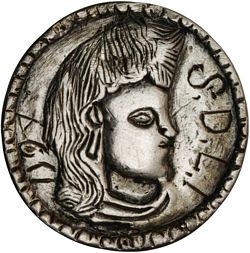
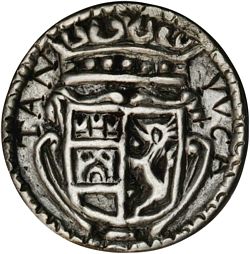
LI-16 Cast and Chased Silver Proclamation Medal (Stack’s Bowers NYINC Auction, January 2015, lot 1008)
The obverse has "S.D.I.R. 1724" for Señor Don Luis Rex - 1724.and the reverse: “YUCA - TAN”, This is similar to the medal below but with different obverse and reverse lettering,
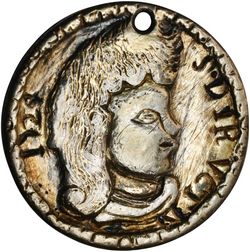
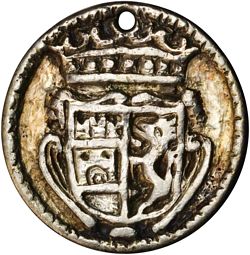
LI-17 Cast Silver Proclamation Medal (Stack’s Bowers NYINC Auction, January 2015, lot 1009)
This medal is only engraved on the obverse: "S.D.I.R. VCTN 1724" for Señor Don Luis Rex - Yucatan - 1724.
